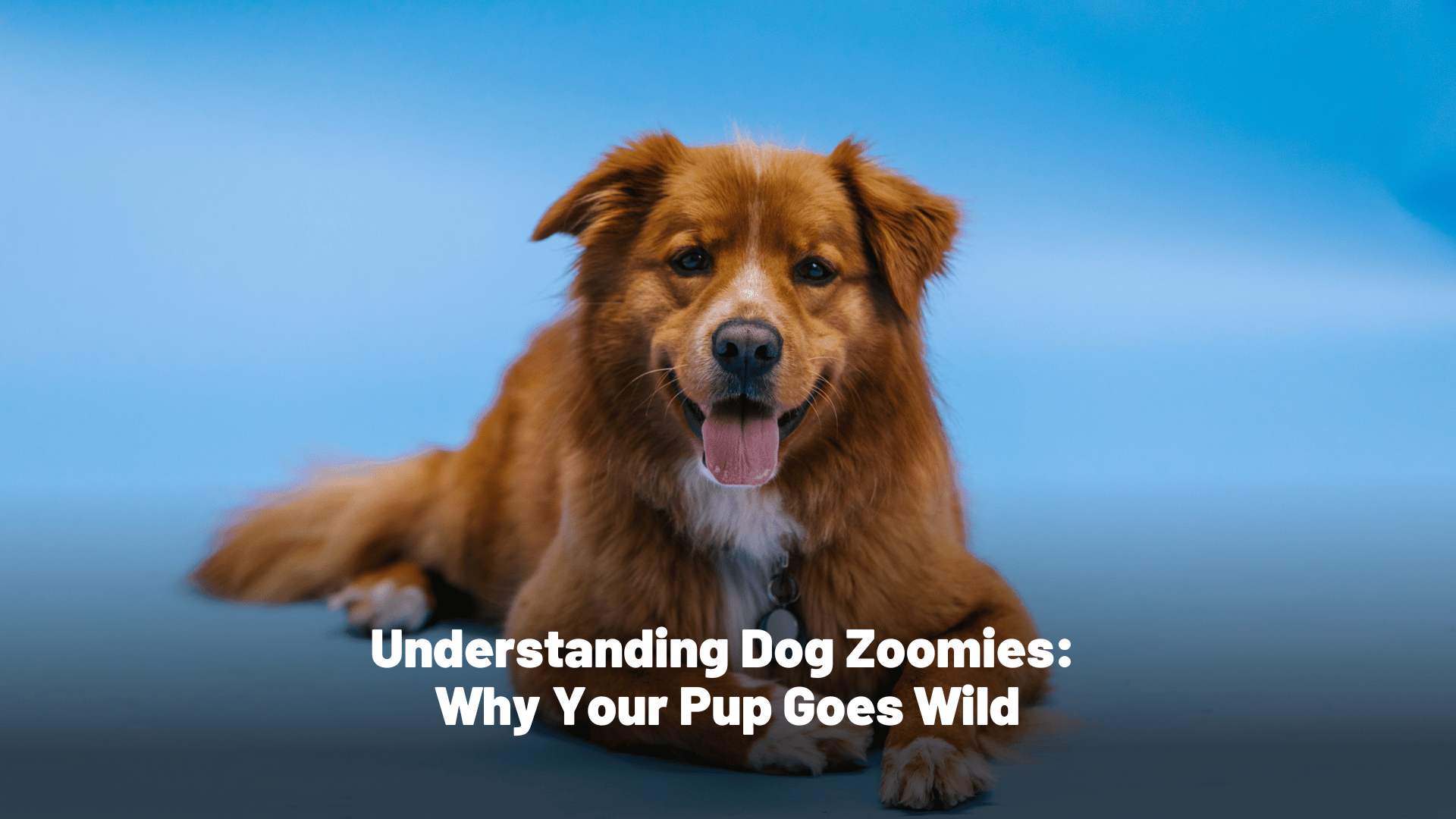If you’ve ever seen your dog suddenly burst into a wild run, tearing around the house or yard with boundless energy, you’ve witnessed what’s commonly known as the “zoomies.” While it might look like your dog has gone a little crazy, this behavior is actually quite normal and can tell you a lot about your pup’s health, happiness, and instincts. But why exactly do dogs do zoomies? Let’s dive into the reasons behind this delightful (and sometimes chaotic) behavior.
Pent-Up Energy Release
One of the most common reasons for zoomies is the release of pent-up energy. Dogs, especially young ones or breeds with high energy levels, need plenty of physical exercise and mental stimulation. If they haven’t had the chance to burn off their energy through play, walks, or other activities, they might suddenly unleash it all at once in the form of zoomies. It’s their way of saying, “I’ve got energy to burn, and I’m doing it now!”
Joy and Excitement
Zoomies often happen when dogs are feeling particularly happy or excited. This could be after a bath, when you come home after being away, or when they’re playing their favorite game. It’s like an overflow of joy that they just can’t contain, so they let it out by racing around at top speed.
Stress Relief
While zoomies are usually associated with happiness, they can also be a way for dogs to relieve stress or anxiety. For example, a dog might get the zoomies after a visit to the vet or after being in a situation that made them uncomfortable. The sudden burst of activity helps them shake off the stress and return to a more relaxed state.
Natural Instincts
Dogs have a natural instinct to run and chase, behaviors that were essential for their ancestors’ survival. Zoomies might be a modern-day expression of these ancient instincts. When a dog zooms around, it’s tapping into its innate desire to run free, even if just for a few minutes.
It’s Just Fun!
Sometimes, dogs do zoomies simply because it’s fun! Running at full speed, dodging obstacles, and feeling the wind in their fur can be an exhilarating experience for dogs. It’s their way of playing and enjoying themselves.
Triggers and Timing
While zoomies can happen at any time, they often follow specific triggers. For example, many dogs get the zoomies after a bath because they feel refreshed and invigorated. Others might zoom after a meal or before bedtime, especially if they’ve been cooped up all day. Knowing your dog’s triggers can help you predict when zoomies might happen and prepare accordingly.
How to Handle Zoomies Safely
Zoomies are usually harmless and can be a fun way to watch your dog express its personality. However, it’s important to ensure that your dog has a safe space to zoom without the risk of injury. If your dog tends to zoom inside the house, try to clear the area of any obstacles they might crash into. If they zoom outside, make sure the yard is secure so they don’t run off.
It’s also essential to recognize if your dog’s zoomies are a sign of unmet needs, like a lack of exercise or mental stimulation. Regular walks, playtime, and interaction can help reduce the frequency of zoomies caused by excess energy.
Zoomies are one of the many quirks that make dogs such delightful companions. Whether they’re running off pent-up energy, expressing their joy, or simply having fun, zoomies are a reminder of the boundless enthusiasm and zest for life that dogs bring into our lives. So, the next time your pup starts zooming around, enjoy the show—after all, it’s just another way your dog shows you how happy they are to be with you.

